|
ID |
Nickname |
Country / City |
Languages |
Taxonomies |
Comment |
Project / Group |
Map |
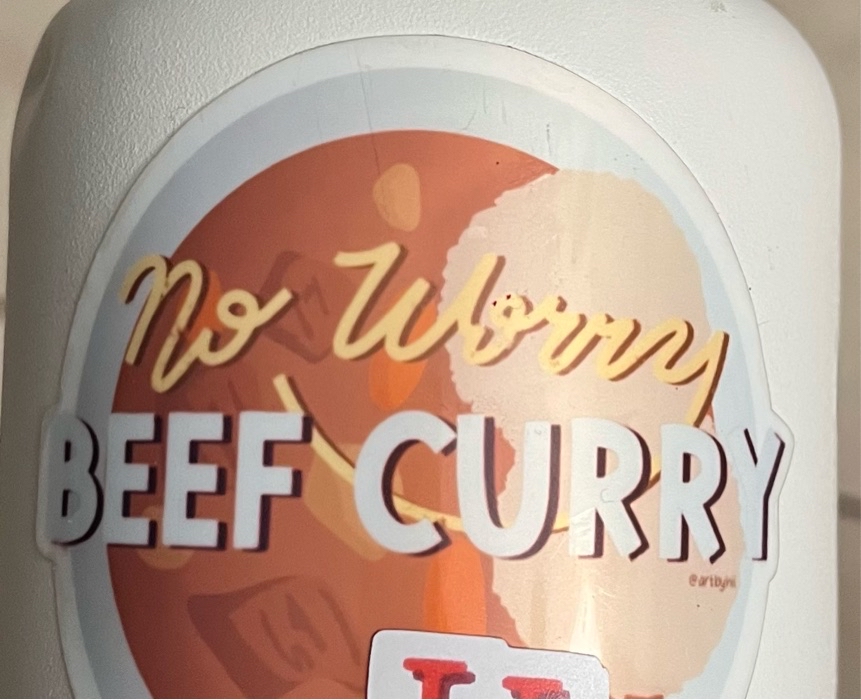
|
63614
|
|
United States
Kaneohe
|
|
|
This is one of my favorite Pidgin phrases and it just means “No worries!”. The “beef curry” part doesn’t mean anything and is only used for the rhyme, but this sticker shows a more literal representation with beef curry as the background. I chose to put this sticker on my water bottle because if someone recognizes it, I know they’re local!
|
Multilingual Hawaiʻi
|
|
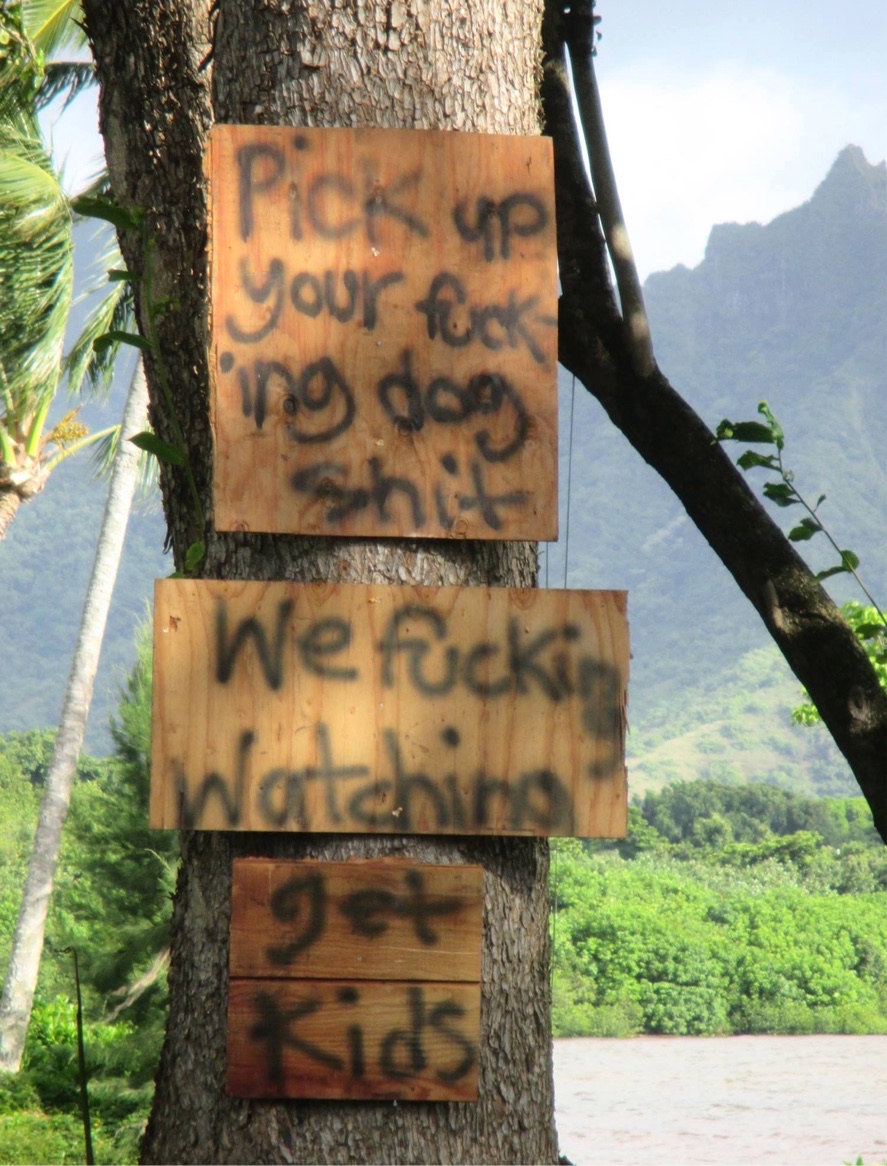
|
39044
|
|
United States
Kaneohe
|
|
|
—
|
Multilingual Hawaiʻi
|
|
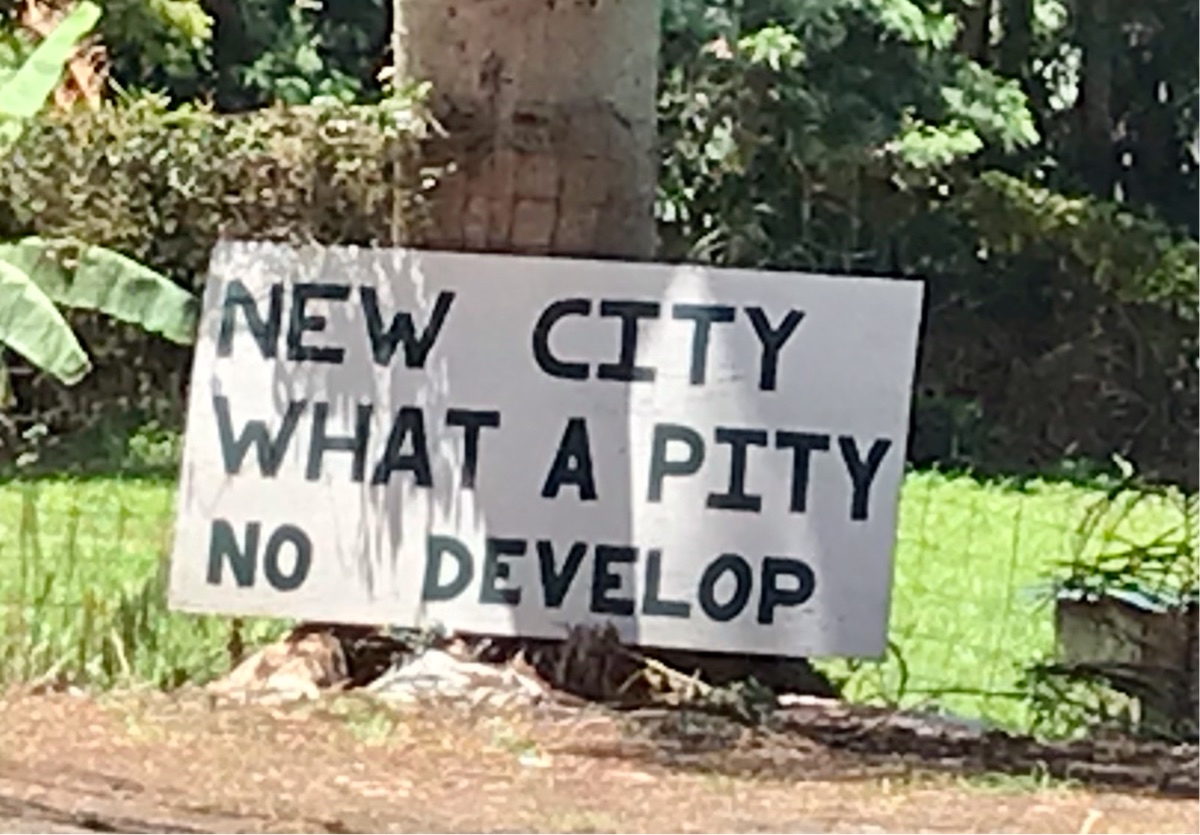
|
41353
|
|
United States
Kaneohe
|
|
|
Domain: Political
|
Multilingual Hawaiʻi
|
|

|
41354
|
|
United States
Kaneohe
|
|
|
Grindz: food
|
Multilingual Hawaiʻi
|
|

|
41355
|
|
United States
Kaneohe
|
|
|
—
|
Multilingual Hawaiʻi
|
|
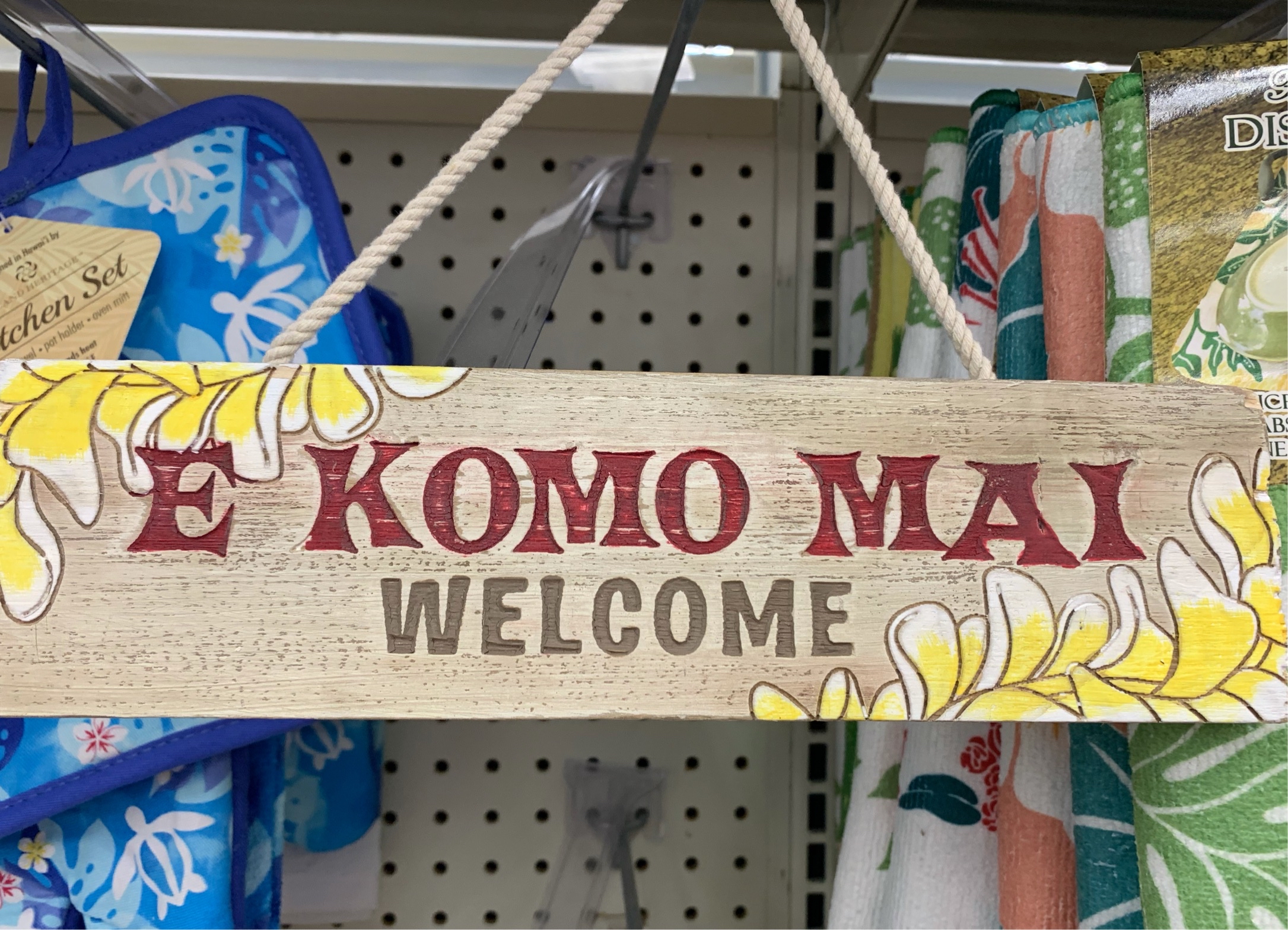
|
43950
|
|
United States
Kaneohe
|
|
|
SU
- medium: The sign is printed on a piece of wood that you hang in or outside of your home.
- domain: The context of the sign is using the phrase “E komo mai” to welcome someone into or to your home.
- audience: The sign is intended for people who are visiting one’s home, both local and nonlocal.
- function: The sign is trying to tell people that they are welcome at the place where this sign is hung.
- language: The language that is dominant on this sign is Hawaiian, “E komo mai” with a little bit of English, “Welcome”.
The phrase “E komo mai” means “Welcome” in Hawaiian.
|
Multilingual Hawaiʻi
|
|
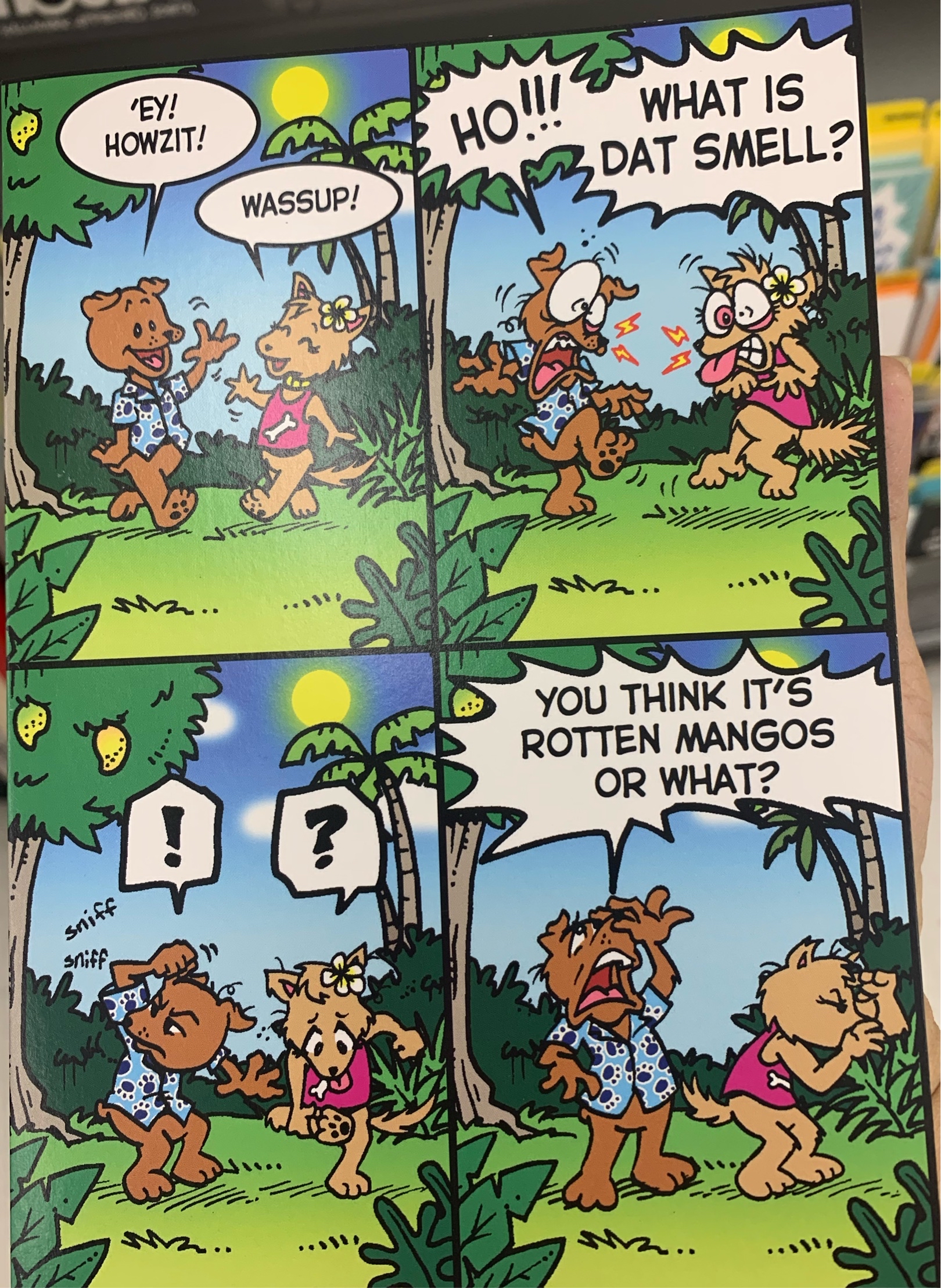
|
43955
|
|
United States
Kaneohe
|
|
|
SU
- medium: The sign is printed on a card.
- domain: The context of the sign is that it is two friends meeting each other but they smell something rotten and they use the Pidgin language to express what they’re thinking.
- audience: The sign is intended for the general public. Mainly only the locals would probably understand it and nonlocals would most likely have a harder time.
- function: The sign is trying to make the receiver of this card laugh and is used for entertainment purposes.
- language: The language that is dominant on this sign is Pidgin or HWC with a little English.
The phrase “Ey! Howzit!” is translated to “Hey, how are you?” of “Hey what’s going on?”. “Howzit” is a combination of the words “how”, “is”, and “it”. “Ho” is translated to “Woah” and “dat” is translated to “that”. The last sentence on the card, “You think it’s rotten mangos or what?” translates to “Do you think it’s rotten mangos?”.
|
Multilingual Hawaiʻi
|
|

|
46046
|
|
United States
Kaneohe
|
|
|
SU: Check Up #2
- What language is used on the sign?:
The language that is used on the sign is Hawaiian.
- How is the language presented?:
The language is presented in big, white letters. I think it is presented in big letters in a color that stand out to show the power of the word and how important it is.
- Who is the audience?:
The audience is the general public but it is mainly for the locals.
- What is the domain?:
The domain is on the back of a car and used as a bumper sticker.
- What is the sign trying to tell people?:
The sign is trying to tell people that maybe this person is a parent. As the word “Kia’i” means a guardian or protector. One who has the kuleana or responsibilities of the protection and preservation of a person, please or thing.
- Why is Hawaiian being used here?:
Hawaiian is being used here it is appropriate for being on Hawaiian land but also because they might be Hawaiian.
|
Multilingual Hawaiʻi
|
|
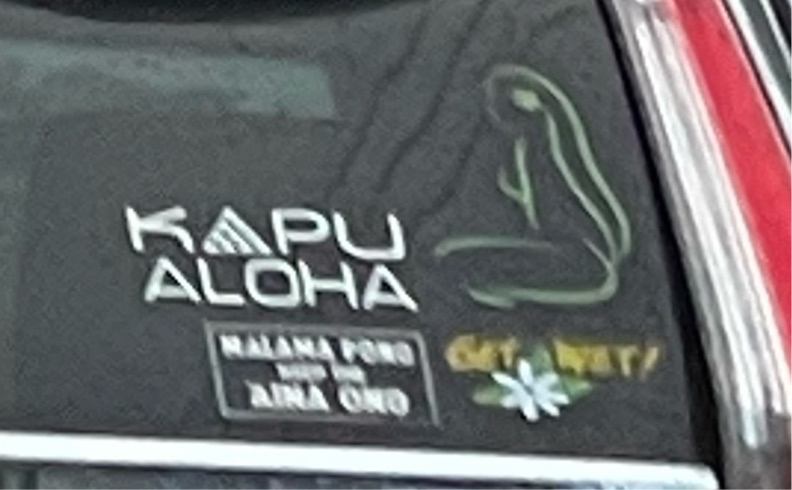
|
46050
|
|
United States
Kaneohe
|
|
|
SU: Check Up #2
- What language is used on the sign?:
The language that is used on the sign is Hawaiian.
- How are the language presented?:
The language is presented in big, thin, white letters.
- Who is the audience?:
The audience is the general public but it is mainly for locals.
- What is the domain?:
The domain is the back of a car used as a bumper sticker.
- What is sign telling people?:
The sign might be telling people to always live with aloha. Kapu Aloha honors the energy and life found in aloha - compassion - and helps us focus on its ultimate purpose and meaning.
- Why is Hawaiian being used here?:
Hawaiian is being used here to catch the attention of the locals. To send out the message, especially to them, that it is important to live with aloha anywhere and everywhere.
|
Multilingual Hawaiʻi
|
|

|
47074
|
|
United States
Kaneohe
|
|
|
SU: Check Up #3
- What languages are used on the sign?:
The languages that are used on the sign is Hawai’i Creole or Pidgin, Filipino, and English.
- How is the language presented?:
All languages are presented in all white but Hawai’i Creole is presented in smaller bolded letters, Filipino is presented in bigger bolded letters, and English is presented in skinny letters.
- Who is the audience?:
The audience is the general public, but would probably be more directed towards locals.
- What is the domain?:
The domain is on the side of a dessert store in a public mall.
- What is the sign telling people?:
The sign is telling people that this is THE ice cream place, as halo halo is a Filipino dessert that involves ice cream.
- Why is Pidgin/Hawaiian being used here?:
Pidgin is being used here because it is a clever way to catch the attention of people who walk by this sign, especially ones who are locals.
|
Multilingual Hawaiʻi
|
|
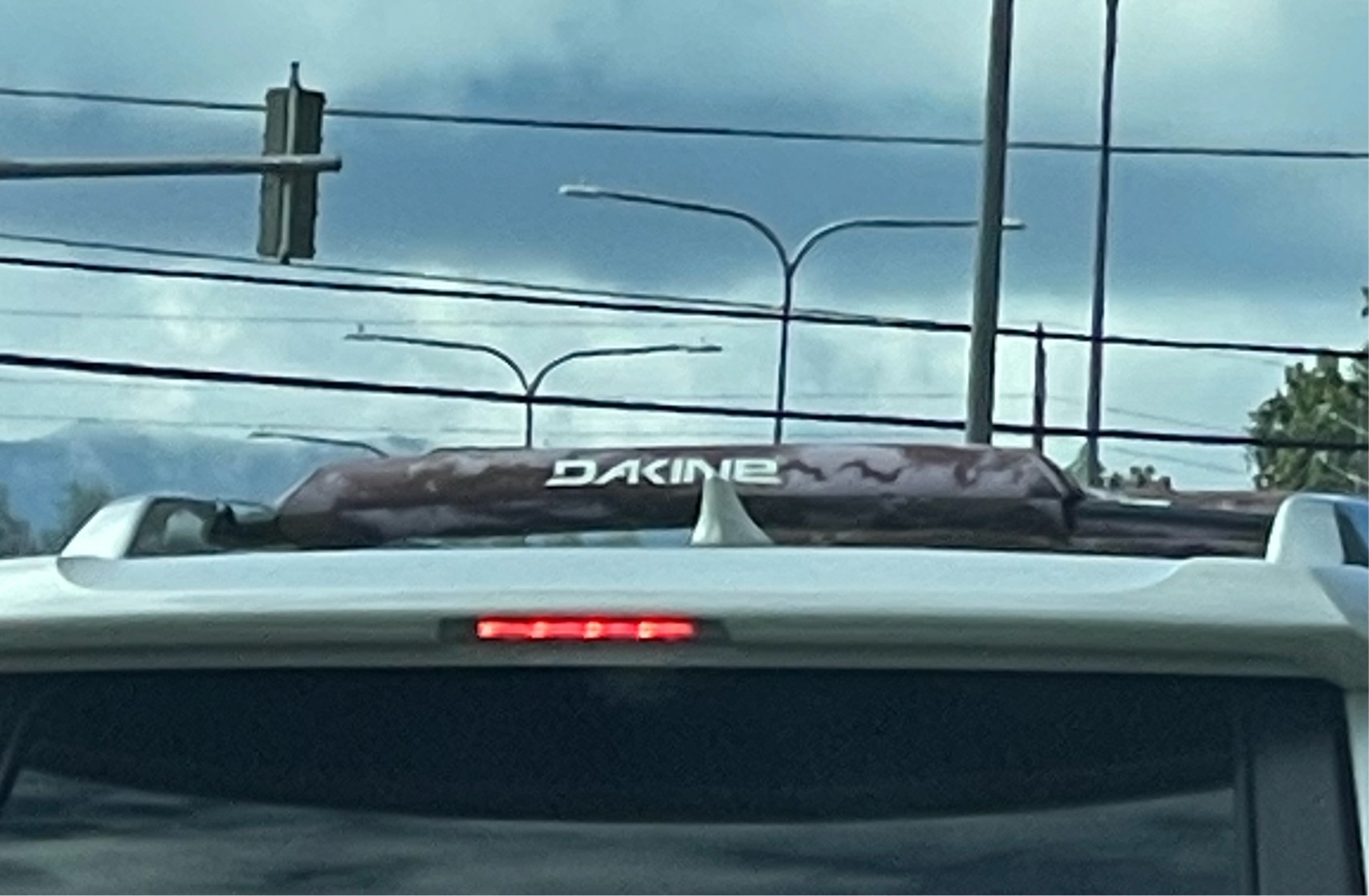
|
46052
|
|
United States
Kaneohe
|
|
|
SU: Check Up #2
- What language is used on the sign?:
The language that is used on the sign is Hawai’i Creole or Pidgin.
- How is the language presented?:
The language is presented in all capital, white letters.
- Who is the audience?:
The audience is the general public but it is more commonly known by locals.
- What is the domain?:
The domain is on the top of a car in public.
- What is the sign telling people?:
The sign is the name of a clothing brand that is commonly known in Hawai’i.
- Why is Pidgin being used here?:
Pidgin is being used here because it is appropriate since we live on an island that consists of people who speak Pidgin and it could also be that they’re showing that they’re proud to be a local.
|
Multilingual Hawaiʻi
|
|
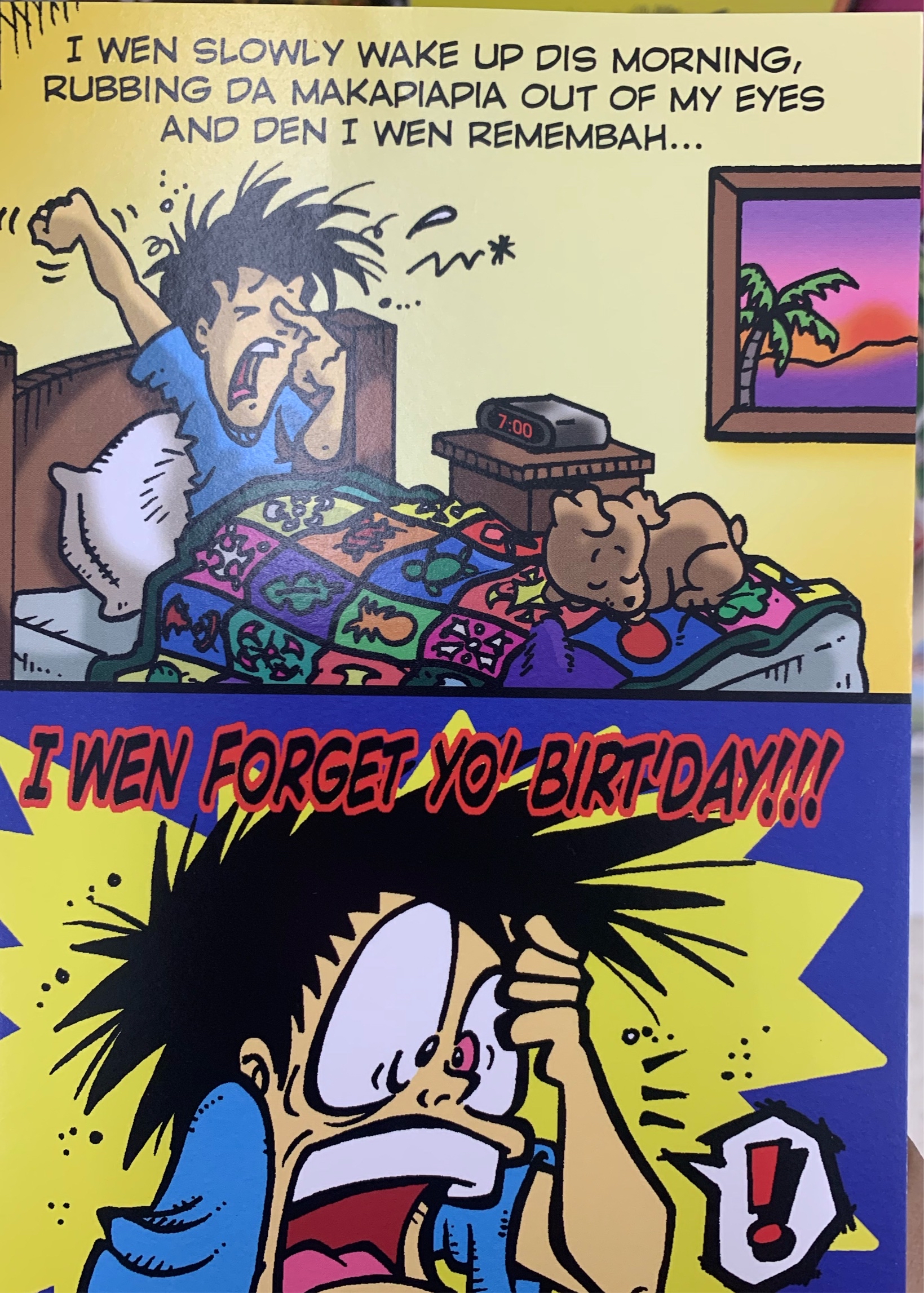
|
46053
|
|
United States
Kaneohe
|
|
|
SU: Check Up #2
- What languages are used on the sign?:
The languages that are used on the sign is Hawai’i Creole or Pidgin, Hawaiian and English.
- How is the language presented?:
The languages are presented in small, skinny, black letters but also in big, bold, black and red letters.
- Who is the audience?:
The audience is the general public, but would probably be more directed towards locals.
- What is the domain?:
The domain is on a birthday card in a public store.
- What is the sign telling people?:
It is telling people that this boy was slowly waking up this morning, rubbing the makapiapia (mucous of the eye) out of his eyes and then he remembered that he forgot this person’s birthday.
- Why is Pidgin and Hawaiian being used here?:
Pidgin and Hawaiian are being used here because it is an entertaining way to write a birthday card. It is appropriate to give someone who knows and is exposed to the language of Pidgin.
|
Multilingual Hawaiʻi
|
|
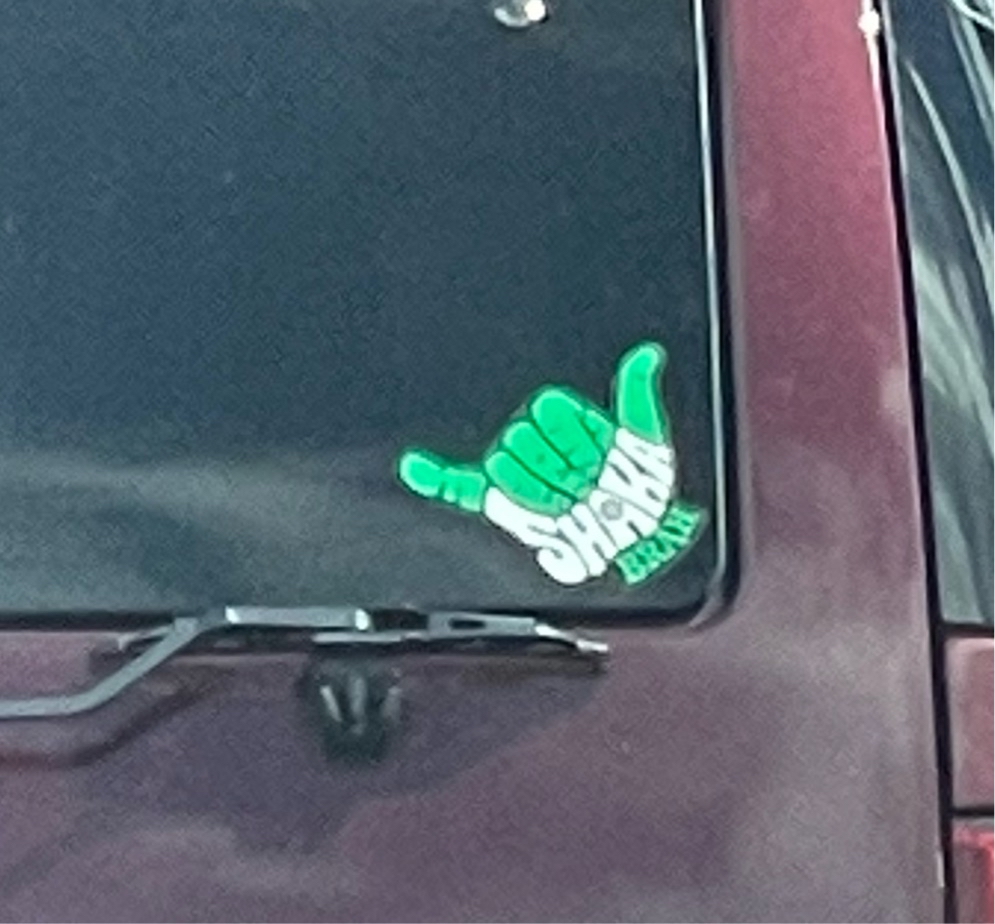
|
46054
|
|
United States
Kaneohe
|
|
|
SU: Check Up #2
- What language is used on the sign?:
The language that is used on the sign is Hawai’i Creole or Pidgin.
- How is the language presented?:
The language is presented in big and small font in the colors green and white.
- Who is the audience?:
The audience is the general public as it could be directed towards the locals and non-locals.
- What is the domain?:
The domain is on the back of a car used as a bumper sticker.
- What is the sign telling people?:
The sign is telling people hello and see you later as the shaka is a greeting. This is kind of the equivalent of “Shoots, brah”.
- Why is Pidgin being used here?:
Pidgin is being used here because it is appropriate in the island of Hawai’i and all of the locals know what this means so a lot of people can relate to it.
|
Multilingual Hawaiʻi
|
|
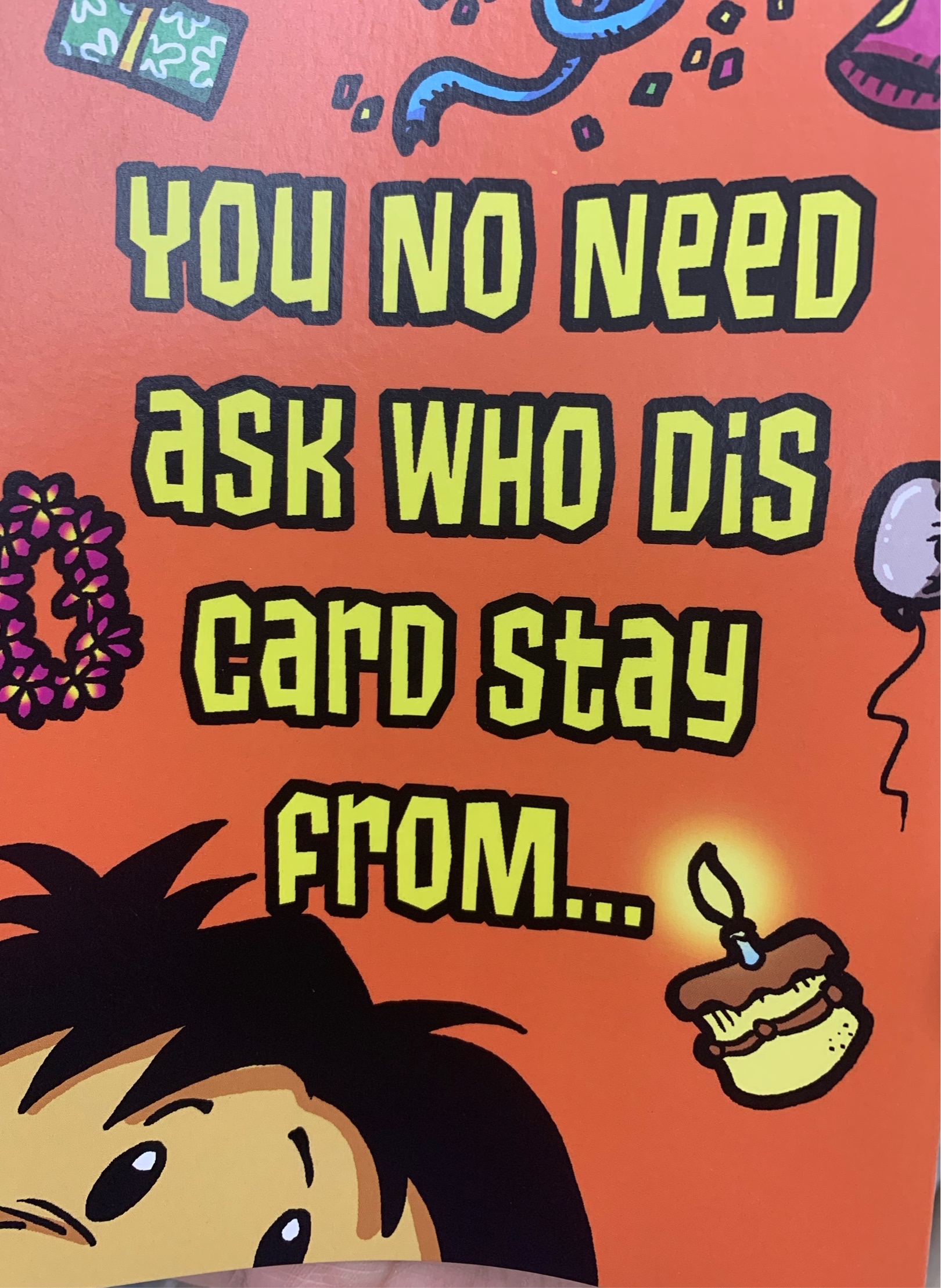
|
46055
|
|
United States
Kaneohe
|
|
|
SU: Check Up #2
- What languages are used on the sign?:
The languages that are used on the sign is Hawai’i Creole or Pidgin and English.
- How are the languages presented?:
The languages are presented in big, bolded, yellow and black letters.
- Who is the audience?:
The audience is the general public, but would probably be more directed to the locals.
- What is the domain?:
The domain is on a birthday card in a public store.
- What is the sign telling people?:
The sign is telling people that whoever is receiving this card should already know who is giving it to them.
- Why is Pidgin being used here?:
Posing is being used here because it is a unique way to write a birthday card and it is something especially unique to the people of Hawai’i. It is appropriate to give someone who knows and is exposed to the language of Pidgin.
|
Multilingual Hawaiʻi
|
|
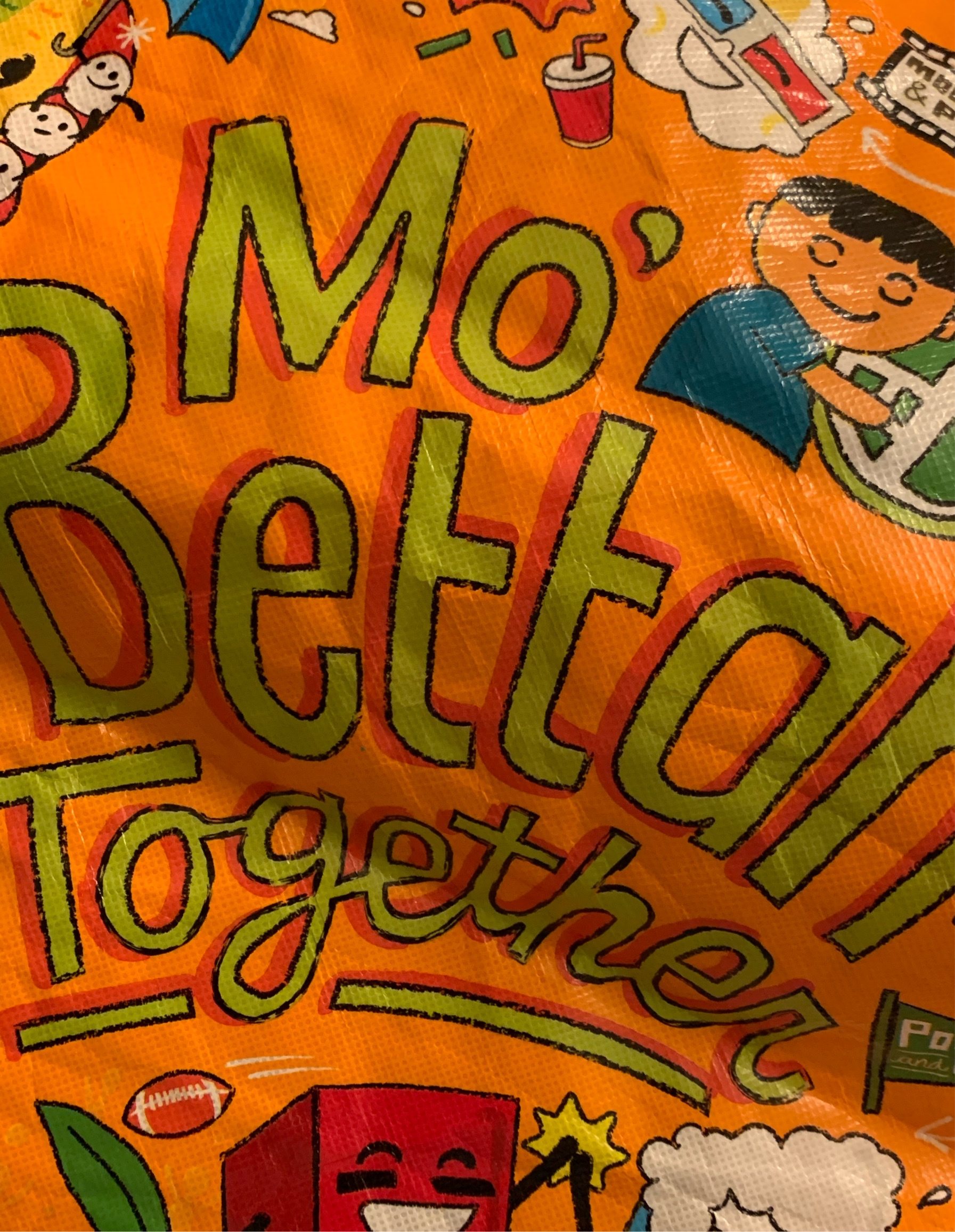
|
46056
|
|
United States
Kaneohe
|
|
|
HC
Domain: Plastic Reusable Bag Design
Purpose: Design choice of the bag
Audience: Store patrons who may purchase the bag
Print: Planet Earth Bag (tm)
Message: "Mo' Bettah" is a pidgin term to describe a noun placeholder as superior
|
Multilingual Hawaiʻi
|
|

|
38847
|
|
United States
Kalihi
|
|
|
—
|
Multilingual Hawaiʻi
|
|
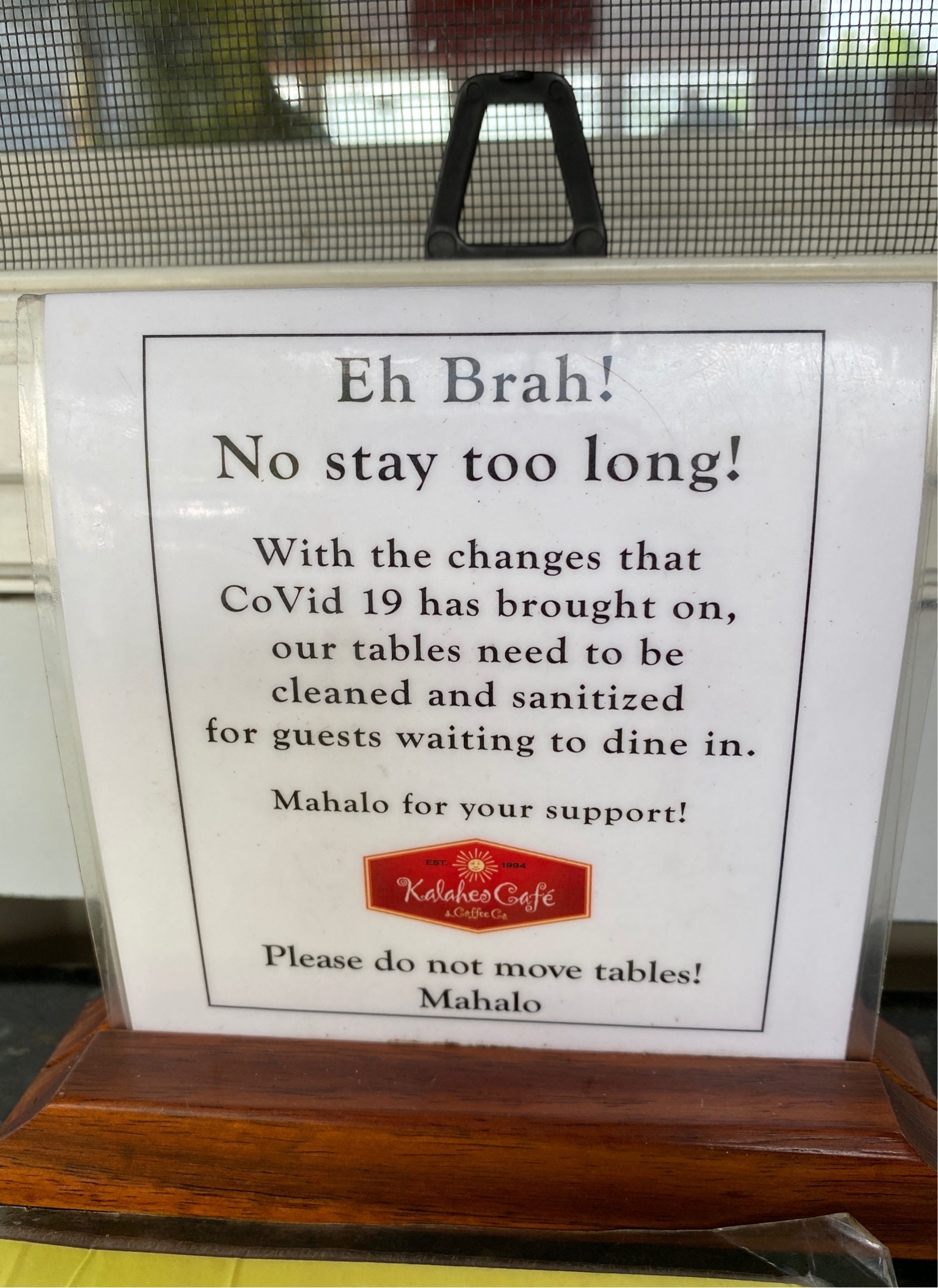
|
41175
|
|
United States
Kalaheo
|
|
|
“Eh brah! No stay too long!” Pidgin sign at all tables put in place asking patrons to be mindful of how long they spend due to the additional time it takes for staff to clean due to COVID19
|
Multilingual Hawaiʻi
|
|
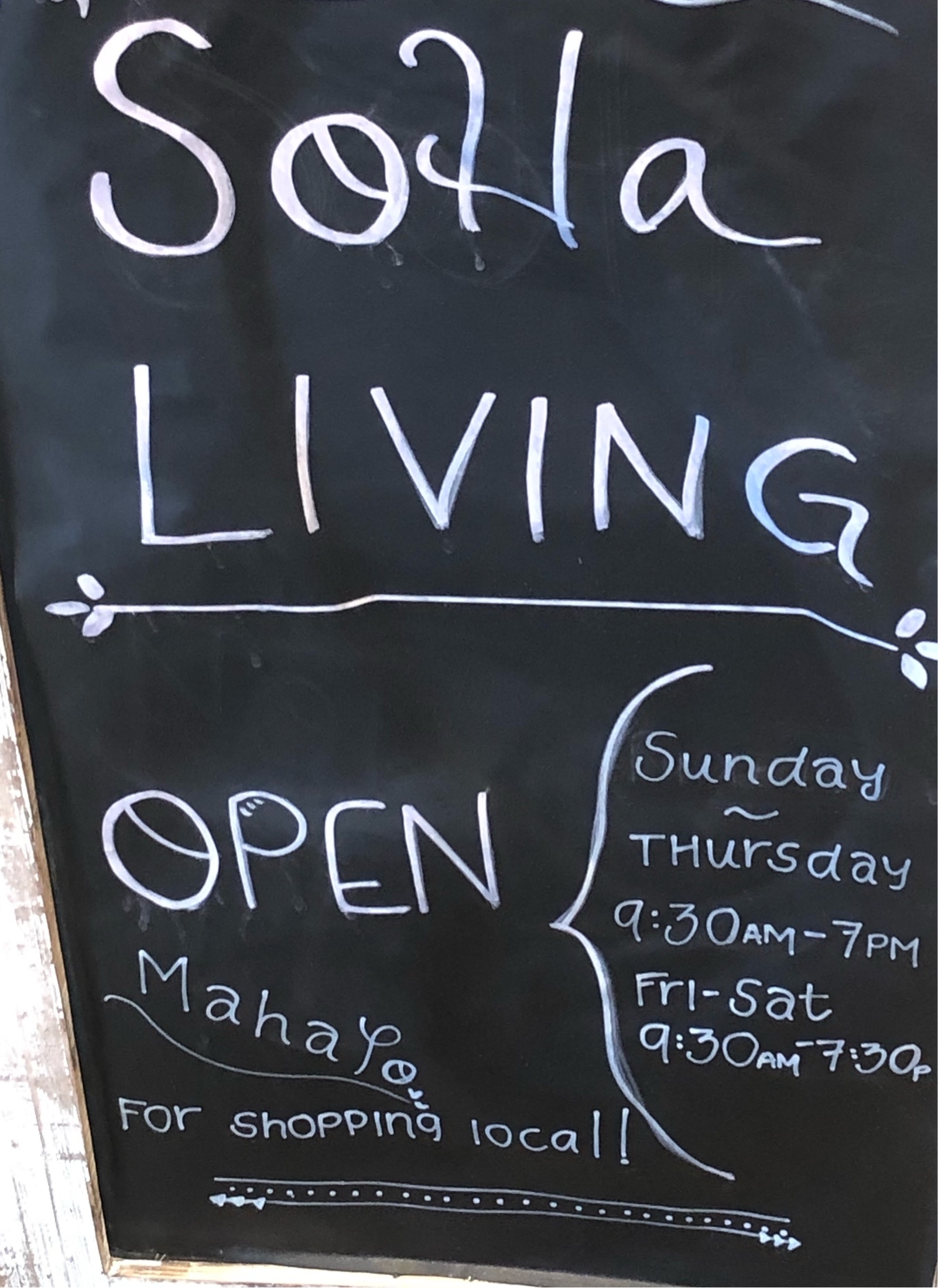
|
42499
|
|
United States
Kailua
|
|
|
SM
|
Multilingual Hawaiʻi
|
|

|
42500
|
|
United States
Kailua
|
|
|
SM
|
Multilingual Hawaiʻi
|
|
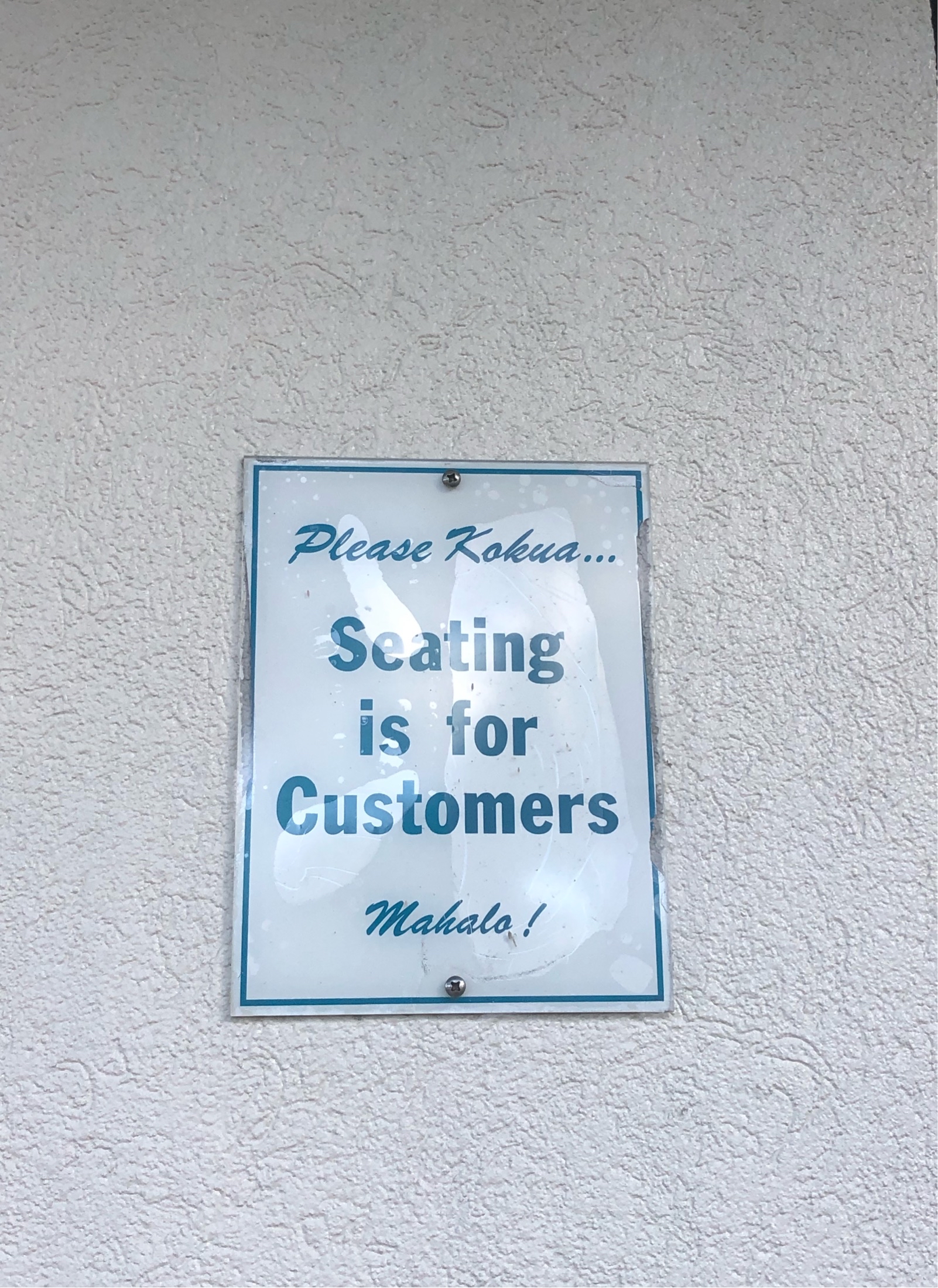
|
42501
|
|
United States
Kailua
|
|
|
SM
|
Multilingual Hawaiʻi
|
|